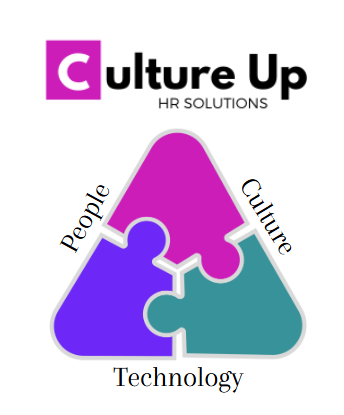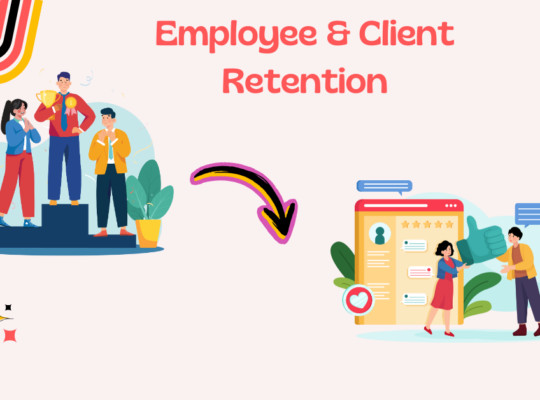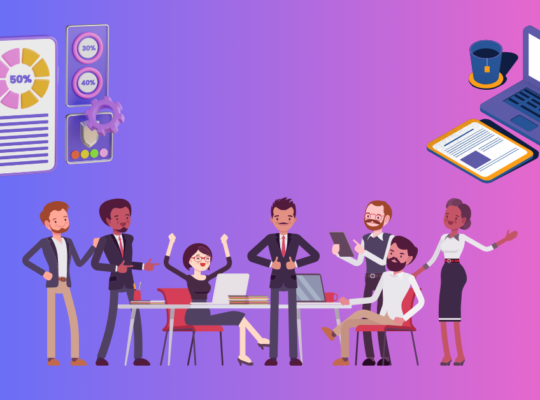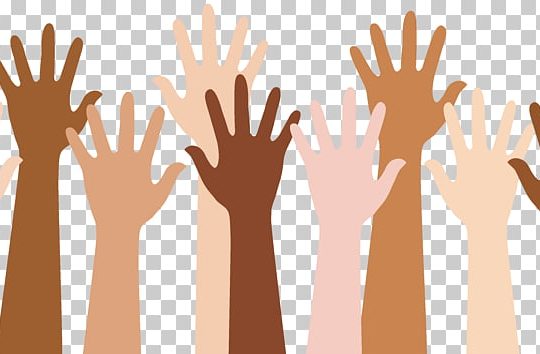Mental Health and Awareness – this has become a crucial issue in organizations across the world. Since the pandemic hit, there has been an increase in mental health conditions experienced by so many. Employers can no longer ignore mental health challenges in the workplace.
The Role of Human Resources
Human Resources professionals have often been tasked with managing all other health related services such as health benefits administration, leading wellness programs, health & safety, and etc. Therefore, the obvious choice was to add mental health to the list of responsibilities for most HR professionals. The problem here is that many HR professionals may also be struggling with their own mental health, especially with the challenges that they faced during the pandemic. In addition, most feel unequipped professionally to deal with these issues. How many times have we heard from HR professionals saying that they feel like they have become a counsellor or need to become a psychologist in order to continue dealing with the issues being brought to them. As someone who studied HR here in Canada, I can say that there was no mental health education as part of our curriculum. It definitely has been a struggle to learn as much as I can along the way. I do hope that post-secondary institutions are amending their programs to include this topic these days.
One of the issues that has come to light has been how little support and resources we have available for mental health. For instance, if one looks at a typical health benefits program with paramedical services coverage, employees and their family members may have a few hundred dollars per year to use on Psychiatric or Psychological services. We all know that the cost of using these practitioners is quite extensive, and most could only afford 1-2 sessions due to what their benefits plan would cover.
Some organizations who offer a secondary benefit such as an EFAP – or Employee and Family Assistance program have seen poor usage from employees due to many factors such as:
- Limited use (restrictions for counselling)
- The fear of someone finding out that they are accessing certain services
- Employees not understanding what these programs can do to support them in their every day life and with special circumstances.
Since these issues has come to the surface, many EFAP providers have partnered with mental health support organizations to offer special resources for mental health such as counselling, creating personal goals, and developing skills to deal with their mental health struggles.
Now if we think about the amount of people in our country that are not covered by a group health plan, these people rarely have any resources to deal with their mental health needs. They rely solely on government sponsored programs. Luckily, the Canadian government has invested a great deal into providing services that anyone can access across the country.
Canadian Mental Health Resources
- https://www.ccmhs-ccsms.ca/mental-health-resources-1
- https://www.canada.ca/en/public-health/services/mental-health-services/mental-health-get-help.html
- https://www.wellnesstogether.ca/en-CA
- https://ontario.abiliticbt.com/home (Ontarians only)

Now for Human Resources professionals, providing mental health resources is just one part of the puzzle. Creating the foundation for a culture that celebrates and supports mental health is something that will take some work. Here are my thoughts on carrying out this type of initiative:
- Don’t try to be an expert at everything! Know what resources you have available, and use them as much as you need to.
- Ask your benefits company / broker to look at what programs are available that can provide the best support for employees. If your company does not offer any health benefit programs, have some providers present to the leadership team to help them understand the importance of having health programs in place and how they can positively impact the success of the organization.
- Educate yourself! Reading is great, there are many resources available online. However, if you are in a role that is front-facing, you might benefit from taking a course such as Mental Health First Aid. Taking a course like this can arm you with the tools and techniques you need to handle mental health emergencies in the workplace. Here is a link to a course that St. John Ambulance offers: https://sjapeel.ca/mhfa
- Know that it is not up to you to keep everyone safe. Training and educating leaders on creating safe and supportive work environments is very important, and this needs to be driven from the top of the organization. Everyone plays an equal part in creating a safe and supportive workplace.
- Keep communication open, and encourage employees to use the resources available to them for their mental health.
- Find fun and safe ways to allow employees to de-stress while at work. Some companies have fun rooms that have games and other things available that can be used by staff when in need.
If you are embarking on a journey to celebrate and support mental health in your workplace, good luck, and feel free to leave your comments here. I would love to hear what you have learned along the way. Hopefully you will find these resources helpful!







